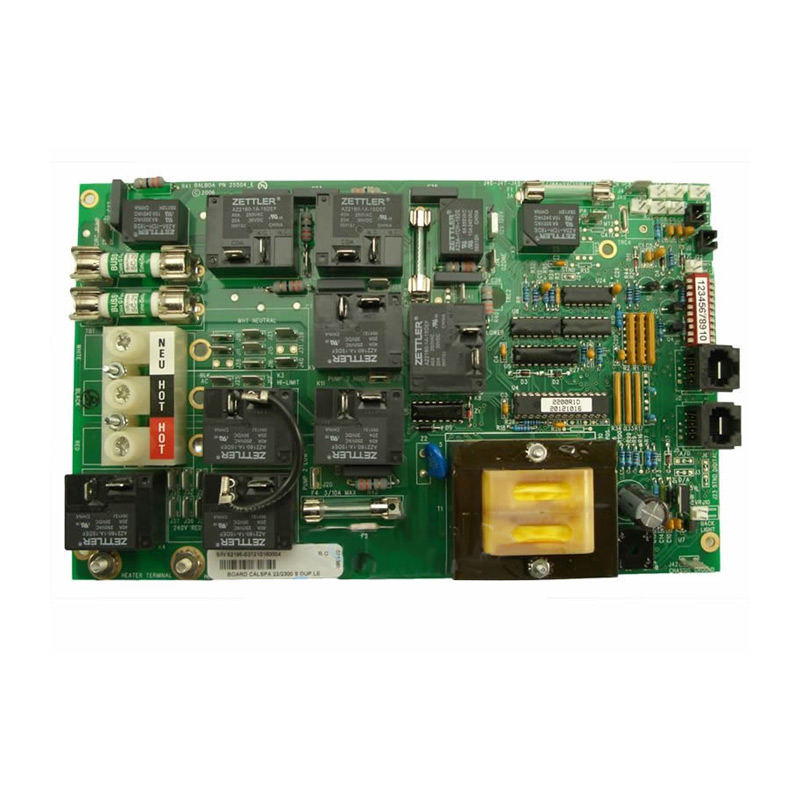

The Advantages and Applications of Fully Tempered Glass
Fully tempered glass, also known as toughened glass, is a type of safety glass that has undergone a special thermal treatment process to increase its strength and thermal resistance. This innovative product has become increasingly popular in various industries and applications due to its numerous advantages, including safety, strength, and aesthetic appeal.
One of the primary benefits of fully tempered glass is its enhanced safety features. The tempering process involves heating the glass to over 600 degrees Celsius and then quickly cooling it, which alters its internal structure. This results in a material that is significantly more durable than standard glass. In case of breakage, fully tempered glass shatters into small, blunt pieces rather than sharp, jagged shards, reducing the risk of injury. This quality makes it an ideal choice for environments where safety is a top priority, such as in homes, commercial buildings, and automotive applications.
The strength of fully tempered glass also sets it apart from other forms of glass. It can withstand high impacts and sudden temperature changes, making it suitable for use in a variety of challenging environments. For instance, fully tempered glass is commonly used in facades, windows, and doors of high-rise buildings, where it can resist wind pressure and thermal expansion without deforming or breaking. Additionally, its resistance to thermal stress means that it can be used in applications involving extreme temperature fluctuations, such as shower enclosures and glass partitions in bathrooms.

Apart from its safety and strength, fully tempered glass offers considerable aesthetic appeal
. It can be manufactured in a variety of sizes and shapes, allowing for design flexibility. Architects and interior designers frequently choose fully tempered glass to create stunning visual effects in their projects, including glass walls, skylights, and balustrades. The clarity and transparency of the glass make it an excellent choice for maximizing natural light in spaces, contributing to a brighter and more welcoming environment.Moreover, fully tempered glass can be treated with various coatings and finishes to enhance its performance and appearance. For example, low-emissivity (Low-E) coatings can be applied to improve energy efficiency by reflecting infrared light and reducing heat transfer. This feature is particularly beneficial for buildings in hot climates, as it helps maintain comfortable indoor temperatures while reducing reliance on air conditioning systems. Similarly, tinted or frosted finishes can be used to provide privacy without sacrificing natural light.
The applications of fully tempered glass extend beyond architecture and interior design. In the automotive industry, it is widely used for windshield and side windows due to its strength and resistance to impact. Moreover, fully tempered glass is commonly found in household items like tabletops and shower doors, providing both functionality and safety. In the realm of electronics, manufacturers often choose fully tempered glass for screens and displays to ensure durability and resistance to scratches and cracks.
In conclusion, fully tempered glass is a versatile and essential material that offers numerous benefits, including safety, strength, aesthetic appeal, and energy efficiency. Its unique properties make it suitable for a wide range of applications, from residential and commercial buildings to automotive and electronics. As technology continues to evolve, the use of fully tempered glass is expected to expand, further enhancing its role in modern design and architecture. With its myriad advantages, fully tempered glass is not just a choice but a crucial element in creating safe, functional, and beautiful spaces.